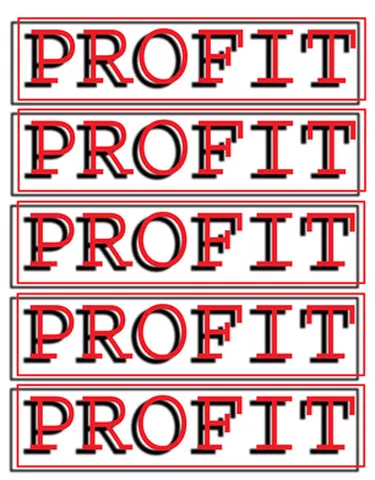
Profit-sharing plans are retirement plans built around giving employees a percentage of the year's profits; as of 2010, the maximum annual contribution is 25 percent of an employee's salary or $49,000, whichever is less. Like most retirement plans, the money placed in a profit-sharing plan is tax free until the employee takes it out of the plan. Also like other retirement plans, there are strict rules on when an employee may start withdrawing money. Early withdrawals require payment of taxes on the amount withdrawn as well as a penalty.
Early Withdrawals
Video of the Day
Step 1
Talk to your employer about its withdrawal policy. Profit-sharing plans have more flexibility than a 401(k) or an IRA. The profit sharing plan of the Iron Workers of Western Pennsylvania, for example, allows employees who've participated in the plan for five years or more to withdraw a portion of the money early. Many plans, but not all, allow hardship withdrawals to cope with unexpected expenses such as medical bills that you, your spouse or your children have incurred.
Video of the Day
Step 2
Calculate your tax. Even if your plan allows early withdrawals, you'll have to pay tax on the money and a 10 percent tax penalty on anything you withdraw before you reach 59 1/2.
Step 3
Look for any exemptions to the penalty tax. For example, if you leave your job after 55, the IRS doesn't apply a penalty for withdrawals. The IRS also exempts disbursements made for amounts rolled over into an IRA or another employer plan, or distributions made when dividing property during a divorce, if it's done under a qualified domestic relations order.
Step 4
Fill out the right paperwork and submit it to your company.
Regular Withdrawals
Step 1
Ask your company how soon after 59 1/2 you may start withdrawing money. After age 59 1/2, the IRS no longer penalizes you for withdrawals. Some companies, however, may require that you wait longer. The Iron Workers' plan participants must be 65 before they begin making regular withdrawals, unless they qualify for an exception.
Step 2
Calculate the tax payments. Even though you don't pay penalty taxes after age 59 1/2, you still must pay federal income tax on the money you withdraw. When you reach the age of 70 1/2, you must begin making minimum withdrawals, but you have the option to withdraw everything at once. Decide which alternative will work best for you.
Step 3
Begin making withdrawals when your company allows it and and at the point you will realize the most benefit. If you work beyond 59 1/2, postponing withdrawals until you retire, your income may be lower and therefore your withdrawals may be taxed at a lower rate.